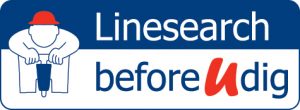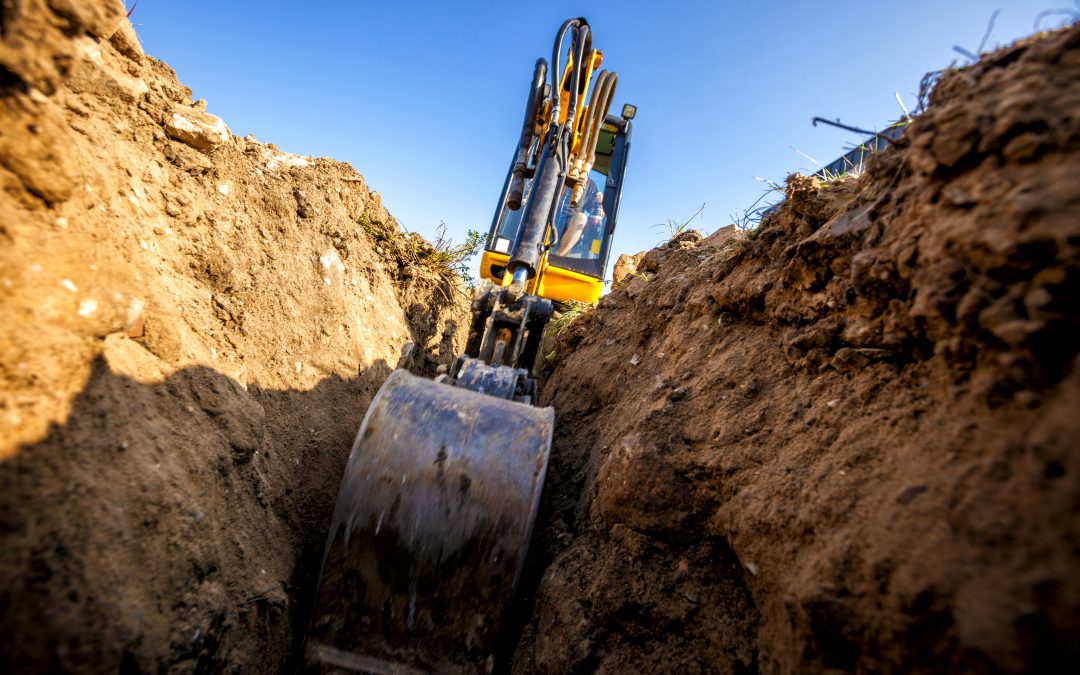Britain is undergoing a digging boom.
The race to lay fibre, the electric vehicle infrastructure roll out, mains replacement and upgrades - plus a myriad of other excavating activities - mean that the utility assets that lay in situ are under greater threat of damage than ever before.
Fibre, often the latest asset to be installed, is usually the shallowest asset in the ground. This means that it will be the first to be damaged by poorly planned or executed digging.
With more than 150 ISPs in a highly competitive field racing to connect the UK’s homes to full fibre networks, the volume of works underway and planned over the next 3-4 years is huge. At present the UK’s ISPs are digging and laying fibre passing 70-80,000 properties per week. To hit the Government’s Project Gigabit targets, this will need to increase by half as much again to 100-120,000 properties per week.
More excavations bring with them an ever increasing risk of third party damage- both for those doing the works and for the ever-increasing assets in situ. Maintaining connection by protecting both the new assets and those already in the ground is of paramount importance in keeping those new customers happy. Making the people who plan and undertake these works aware of the presence of assets before they start work is key to reducing avoidable third party damages.
In 2021, LSBUD saw the number of search enquires through its portal reach 3.4 million, up 10% on the previous 12 months. Of the 3.4 million searches received by LSBUD in 2021, more than 1.1 million were made on behalf of fibre companies digging trenches for new fibre. This number is only going to climb as the activity escalates.
This built on the growth of 9% seen from 2019 to 2020. The consistent growth highlights the digging industry’s willingness to improve, and its continued reliance on LSBUD’s service, with more construction companies, contractors and the general public understanding the benefits of searching before digging.
It was noted at the ISPA Business Summit that the only time a customer notices their Wi-Fi is when it stops working. There is a real injustice when an outage is caused by third party damage as the customer immediately blames their service provider. The service provider, meanwhile, is highly likely to have done nothing wrong, but been the unfortunate victim of a carelessly placed digger bucket or spade. Maintaining connectivity (meaning happy customers) will clearly be a critical differentiator when customers choose their new providers.
It is very hard to change the customer’s reaction, so the emphasis must fall on trying to reduce the instances of third party damage. Combining fibre assets with gas, electricity and other assets through a service such as LSBUD can achieve just that. Making that excavator aware of the fibre’s presence before they go to site is a vital first step in stopping that asset from being damaged. ISPA Members which have already chosen this approach include Voneus, Gigaclear, Jurassic Fibre, Box Broadband, EXA Infrastructure, Gamma, NYnet (see brief case study example) and Wildanet.
For these LSBUD Members fewer damages mean reduced repair costs, improved reputation, regulatory penalties avoided and, above all, happier customers.
Case Study Example: NYnet
Understanding that it needed to better protect its assets from accidental damage, and that asset location data sharing would have a crucial role to play, NYnet turned to LSBUD in Autumn 2020 to inform third parties who were digging near its assets exactly where they were located. Before joining the LSBUD portal, NYnet employed a contractor to handle search enquiries. This was a time-consuming process and with plenty of enquiries coming in, the contractor simply didn’t have the resources to handle them all.
So, NYnet turned to LSBUD, asking it to respond to all search enquiries on its behalf. This rapid, hassle-free way for third parties to get the information required relating to NYnet’s network before any digging starts, is proving a great success. The automated process is far quicker than what came before it, especially given that all CAD drawings historically had to be reviewed manually beforehand.
With over 71 percent of all excavation work now being preceded by a search on the LSBUD portal, NYnet knew that by registering its assets, it was doing all it could to protect its underground network.


